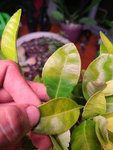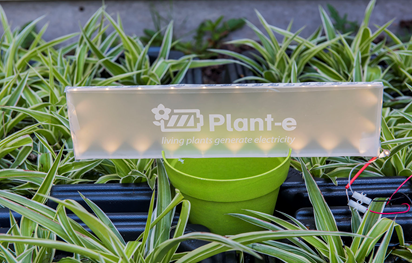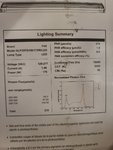Excellent! So you can see in the light description not only do they include PAR, but they break down the spectral intensities, as well as including color temperature and color rendering index (which are less important to plants, but help you to understand how the light will appear to the human eye).
There is one other thing to keep in mind when you look at these numbers. Your light fixture produces 315 μmol/s PAR... but at what distance? Light diminishes based on the square of the distance from the source. This is not an issue when you are talking about light from the sun, which is 93 million miles away, because the difference between 93 million miles and 93 million miles plus or minus one foot is so small. So you're not suddenly going to get much more sunlight if you have a bonsai sitting on the ground, versus a bonsai sitting on a 3' tall garden shelf.
However when you are talking about an artificial light source hanging from a chain, a bonsai that is 2' from the light source will get FOUR TIME AS MUCH LIGHT as a bonsai that is twice as far away (4'). So it is important to know how far away that PAR measurement was taken... and I couldn't find anything in any of the literature to tell me. Normally this would be a figure labelled PPFD which stands for photosynthetic photon flux density - or the PAR that hits a specific surface area.
What's a person to do? (1) Buy a PAR light meter, and take your own measurements, (2) call the manufacturer, (3) find a very similar light somewhere that matches the other figures of your light, and also publishes PPFD, (4) cautiously experiment with your plant and see how it responds, changing distance from the light until you hit the distance the works right for you and the plant.
Usually a light specifies the distance you should hang it over your plants. Perhaps there were some instructions? FEIT can be a little sketchy when it comes with publishing their light specs. For example on this light I can already see a mistake in their Lighting Summary. At 240 volts this fixture will draw .73 amps

But they may very well have the information and they just haven't published it.
For reference, for growing demanding short-day fruit-bearing plants indoors you want to target 600µmol/(m2s) PPFD. If your PAR figure above was taken at a distance of one meter, you would be at 315µmol/(m2s) PPFD. If you decreased the distance to the light to a half meter, you would double your PPFD to 630µmol/(m2s) PPFD... which is perhaps even too bright. So you see how you can adjust the distance to dial in the proper intensity? (OK I know I am being a little inexact with the math, but it is close enough to illustrate the principle).
Also, as you have yourself seen, when dealing with intense artificial lighting, you have to be concerned about light shadowing. This can be minimized by the use of reflective materials on the sides of your growing area, using more than one fixture, rotating your plants, or using motorized light rails that move your lights over the course of the day (just like the sun).





